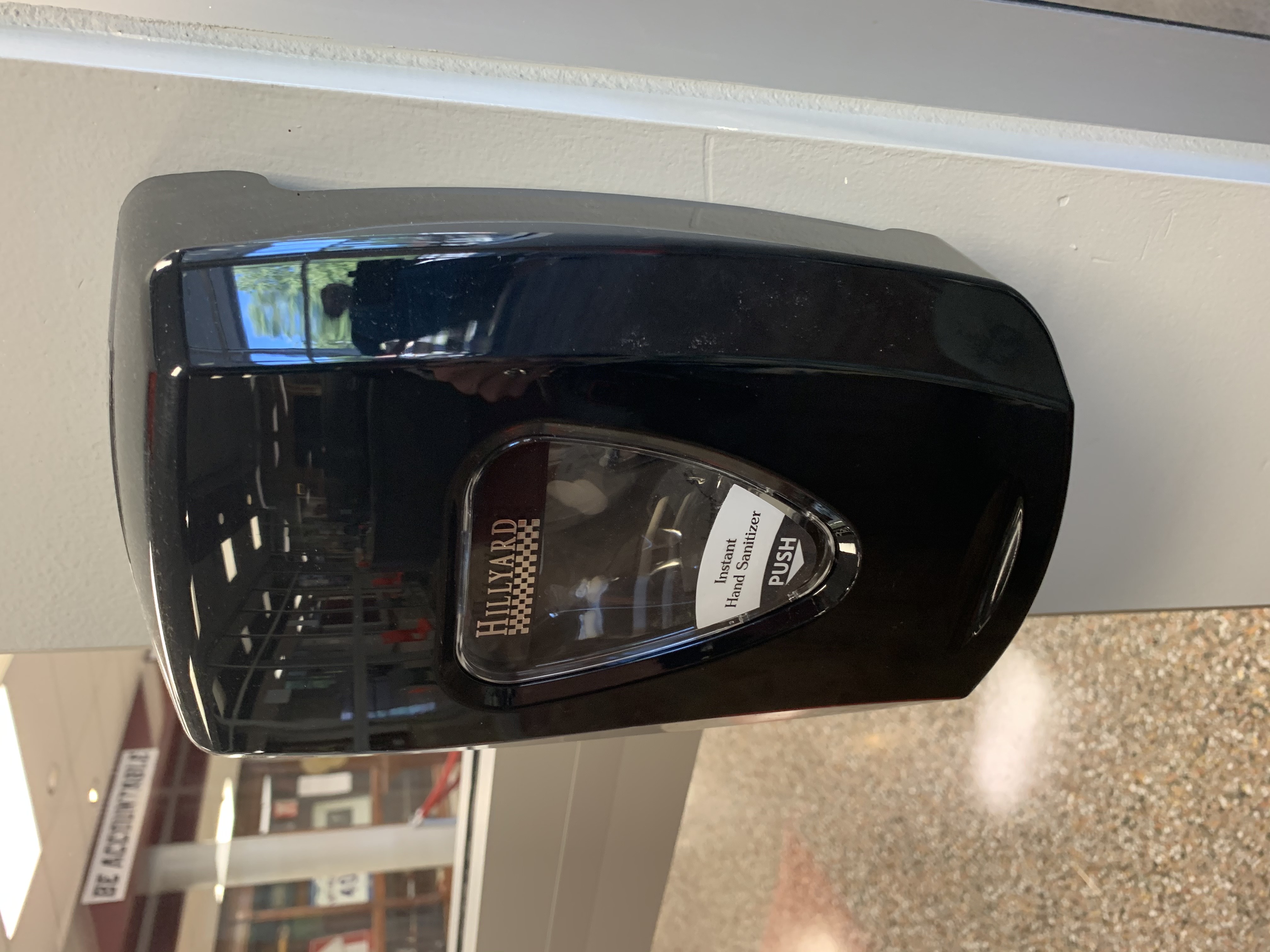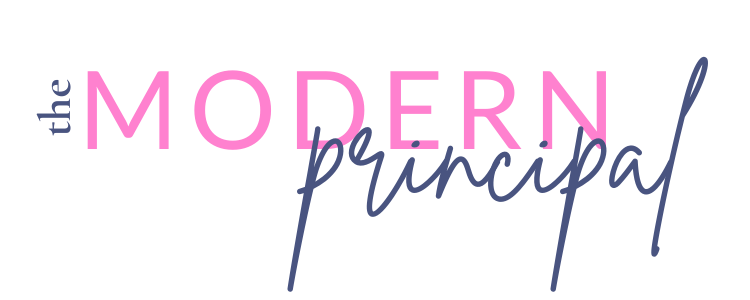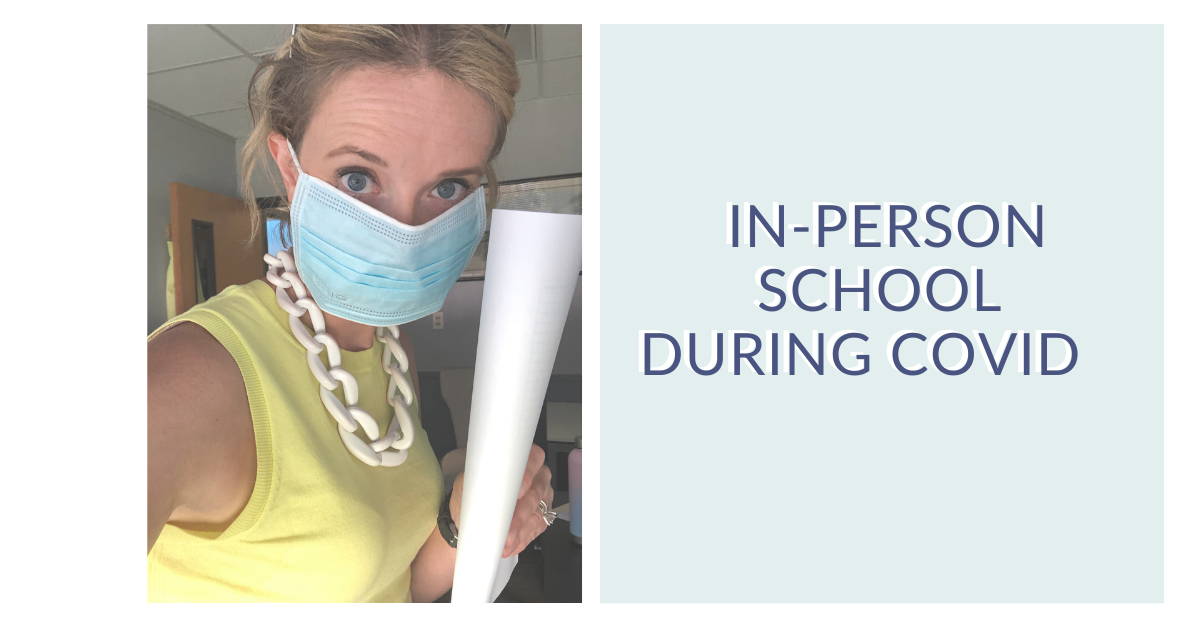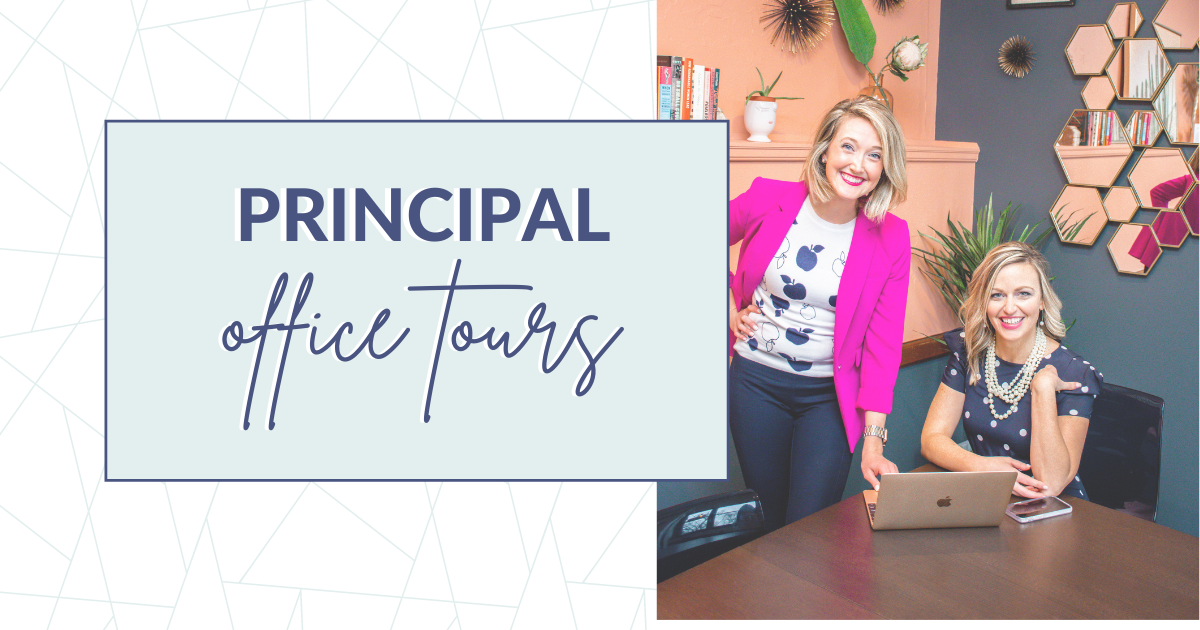In-Person School During COVID
Opening a school soon? As if riding the tidal wave of giant emotions while leading a school during a pandemic (read: all responsibility and no control) wasn’t enough, you also now get the insanely long hours spent writing, re-writing, throwing those plans away and starting all over on said plans trying to make the physical distancing work. #EduQueens…we know the feeling and are here to say, “You aren’t alone.”
We put out the call for a few of our local fan favorites to jump in with some tips and tricks that work for them. Lucky for TMP, the featured women below (ourselves included) have worked with students in one form or another on campus already and have some legitimate “high heel” on the ground insights to pass your way. No matter your level — early childhood through secondary — we’ve got you covered!
Some of the general take-aways of what to plan for in each area of your school?
- Mask Wearing – wear masks
- Social Distancing – stay 3-6 feet apart in all locations
- Sanitizing – hands, surfaces
- Contact Tracing – room logs, personal logs, seating charts
- Reopening Planning – put it all in writing, give to staff, and announce updates
Remember, though, all of this is based on the district and county guidance that you’re receiving. You must run all of your plans by central office to be sure you understand any recent changes from the health department or the CDC. It can change quickly, so best to get multiple eyes on your planning.

Amanda Spight, Principal and Assistant Director of Early Education
Class sizes, staff to student ratio, basic structures
Our infant and toddler rooms operate with eight students, two full time staff, and one staff member to cover breaks. The ratio is 1:4. Our preschool rooms can have up to twenty students and two staff. We strive to cap rooms at 15 with two staff. The regulatory entity ratio is 1:10.
Procedures for student temp checks, student masks
We utilize one entrance for all staff and families. A nurse or clinic staff member is stationed near the vestibule to support the symptom screening process and assist with our infrared temperature scanner. This is helpful in the event a family or student is excluded based on temperature. Masks are only required for our students who are age 5 and up. Masks can be worn for our students age 2, 3, or 4 based on parent preference.
Cleaning schedules and requirements of staff and custodians
Cleaning schedules for early education have always been more rigorous but in our current reality it almost requires one full time staff member to complete the daily required cleaning.
We follow a three step procedure: soapy water, rinse water, and air dry bleach water. This is done on surfaces upon arrival, before and after use for meals/work time, and upon departure. Classroom staff use a special germicide chemical on all touch points hourly (toilets, sinks, light switches, gates, door knobs). Classroom staff also clean toys daily. Any toys with secretions or excretions are immediately placed in a dirty toy bucket to be cleaned and sanitized. Toys are also cleaned following a three step process. They can also be cleaned through our industrial dishwasher in the school kitchen.
Non-instructional times: lunch, recess, passing time, arrival, dismissal, etc.
For early education non-instructional times are for the most part minimally impacted due to our typical structures.
Meal Times:
Students eat in classrooms. The only shift in meal times is we use all disposable materials and instead of implementing family style dining one staff member (who doesn’t participate in toileting, diapering or cleaning procedures) is designated to plate each student’s plate. In addition to not implementing family style dining we are not currently brushing teeth after meals as we would traditionally do.
Recess:
We refer to recess as gross motor time. Regulatory entities require our students have one hour of gross motor time daily. One group at a time has gym or outdoor play with a custodial staff member spraying between shifts. We also allowed ample time for classes to transition without crossing paths with the next group since our students are less likely to walk in straight lines and often prefer the herd approach to hallway transitions.
Arrival and Dismissal:
Designated staff transition to/from classrooms for arrival and departure instead of parents going to classrooms. This requires significantly more staff during high traffic times.
Overall reflection on the process and sustainability of the practices
Our school has been open since May so looking back, I feel that we have had an advantage in the reopening process. We truly had the gift of time to navigate the procedures while having more staff and less students. As I look ahead to launching a new school year in this current reality, I am confident that we have a good understanding of the policies and procedures and experience of putting them into practice. The staff will have a learning curve in the fall depending on how many returning students we have per classroom. The cleaning procedures and restrictions on who can help with what procedures (toileting, feeding, cleaning) will prove to be a challenge if we are staff for our traditional ratios. From an organization wide perspective, arrival and dismissal will pose a challenge as we navigate different arrival and dismissal times for our three programs.

Karen and Christy, Elementary Principals
Class sizes, staff to student ratio, basic structures
Both of our districts have worked hard to keep the in class ratios at 1:15, not to exceed 1:17. During summer school, we had fewer adults in the building, so now that our additional staff are returning, we needed to be thoughtful about how to spread out adults that may be sharing work spaces. If you are housing virtual staff, it’s important to think about giving them space to record without someone else recording at the same time. Both of our staffs welcomed multiple new teachers to cover our virtual needs, but didn’t exactly get to add square footage, so we had to get creative in locations to ensure safety of all adults and students first. Using common areas differently can be one way to find additional locations for students or staff. We encourage para professionals to take groups to our courtyard to work and for teachers to utilize zones on the playgrounds for extra mask breaks.
Contact tracing sheets are hanging on the door of every room in our building (whether it’s a closet or a classroom). All humans (staff and students) are asked to sign in and out if they stayed more than 10 minutes in the space.
And just FYI, we work in different districts, so some of our insights vary based on the guidance from our administrative team.
Procedures for student temp checks, student masks
This is one area partnering with parents is so important. We sent out videos explaining new protocol and spent a bulk of the time discussing masks and screening checks prior to school. We encouraged parents to start building mask stamina with kids now and reviewed the proper ways to wear masks (which our teachers will do also). Christy’s district provided temperature scanners that you can walk through for quick checks.
Our parent handbook was updated this year in order to cover all things COVID. We sent it electronically, hard copies at meet the teacher and the first day of school. We created a symptom check flow chart for parents to use and reviewed it through multiple videos we’ve sent out. In addition, our attendance secretary will be calling all unexcused absences daily to figure out the reason for the student not at school.
Staff are also expected to screen and communicate with administration when scenarios arise. Plan to spend time in a staff meeting going over all of the new protocol, but also provide guidance on who to contact if _______ happens with a staff member (their child is sick, they have a symptom, a spouse has to quarantine, a friend of an uncle of a friend is positive). Spoiler alert–all roads of who to contact should lead back to you!

Cleaning schedules and requirements of staff and custodians
We created a staff sign up for whole class bathroom breaks. They don’t have to go at that time each day, but that means the restroom is reserved for that class during that time.
At one of our buildings, to minimize multiple students in the restroom, we established a ‘cone zone’ routine. A cone is placed outside of each restroom by the wall. When a student uses the restroom, they move the cone to the inside of the bathroom and the adult/student can see someone is in there and they need to wait outside.
Our custodian then created their cleaning schedule off the classroom breaks. Basically, they will rotate from restroom to common area to restroom constantly throughout the day.
Our teachers are responsible for cleaning in their rooms after shared spaces are utilized. We encourage constant hand-washing and sanitizing before and after any material is used (like reading, small group, calming areas, etc). Cleaning rags are cleaned daily and staff leave out items for our industrial foggers to go through each evening.
Non-instructional times: lunch, recess, passing time, arrival, dismissal, etc.
Meal Times:
Breakfast was already in the classroom at both of our buildings prior to COVID, so that structure remains the same. We stagger adults around the building to help ensure arrival is smooth and students go straight from their point of entry to their classrooms.
Students eat in classrooms in one of our buildings. In the other building, they are spread out in multiple common areas (cafeteria, art room, gym). It was important to both of us to ensure teachers do not have supervision during lunch, so we got creative with our scheduling. Lunch is also in the classroom. For all food, desks are cleaned before and after eating by the teacher. Buckets of sanitizer are picked up each morning before students arrive by individual teachers.
Recess:
This was an area we were happy to pass off to teachers to help create a workable plan. All students were going to get their typical grade level recess. Teachers put the playground into zones and all classes stay in their pods/zones during their recess.
It was important to also build in extra mask break times outside, which can also help students incorporate play & socialize more throughout the day Each teacher signed up for a ‘zone’ in our playground 2-3 extra times as an individual class for exercise and mask breaks.
Arrival and Dismissal:
With arrival, we are careful to only let one bus out at a time and at multiple entry points.

Tape for Kinder/1st to find classrooms
Dismissal was a little more challenging. For bus riders, teachers send out one student at a time per bus when announced. We both found there were many more students riding in cars now and we couldn’t follow our typical protocols.
At one of our schools, we divided the car riders into A-Z groups into 7 different classrooms near the car rider exit. Having car riders report to the same area each day at dismissal will help with contact tracing as well as dismissal can take up to 15-20 minutes at a time. It also requires many more hands on deck and every adult is responsible for one part of dismissal or another.
Overall reflection on the process and sustainability of the practices
Nothing feels easy right now and everything is being over-analyzed through COVID eyes. But on the bright side, there are some practices that we hope continue well after our communities have recovered from this virus. Obviously, the teacher/student ratio is incredibly beneficial for meeting the academic and social emotional needs of our students. There is also such a focus on simplicity–eliminating all the extras and focusing on what’s essential that we hope continues. While it may feel mundane for students to only spend the day in their ‘pod’, it builds such an incredible classroom culture and community.
Staff and teachers continue to show such incredible flexibility and patience, such incredible resilience and dedication to their jobs. It’s a great reminder to all leaders to look for ways we can empower them now and after this time of crisis to bring benefit to our profession.

Melissa Romero, High School Assistant Principal
Class sizes, staff to student ratio, basic structures
At the high school level, our teacher/student ratio was 1:18 max; most classes were 1:15 or less. The only exception to this was in our PE courses. These were 1:25 (the space these classes occupied was much larger than the “regular” classroom space). Our goal is to maintain this level of 1:15 or less in teacher classrooms.

Procedures for student temp checks, student masksIn our summer school program we utilized three entrances for all staff and students. An admin was stationed at each entrance (sometimes 2) to monitor the symptom screening process and assist with our infrared temperature scanner. If a student screened with a temperature, the student was escorted to the nurse’s office for additional screening. Masks were required for all our students. Overall, students wore their masks correctly with little issue. At times reminders had to be given for proper mask wearing, but overall I was impressed by how well the students handled wearing a mask all day.
Cleaning schedules and requirements of staff and custodiansCleaning measures were definitely increased at the secondary level. The custodial staff implemented several procedures to circle back and clean spaces on the hour. Some changes were also made in the type of cleansers being used on surfaces. In regards to classroom measures, teachers had students use hand sanitizer (stations are posted in each classroom) upon entry to the room. Teachers also wiped desks clean between classes and after each meal with a cleaning product.
Non-instructional times: lunch, recess, passing time, arrival, dismissal, etc.
Meals:

Both breakfast and lunch were served in the classroom. Teachers picked up their allotted breakfast upon their arrival to school each morning. Lunch was delivered by cafeteria staff to classrooms during the lunch block. A similar model will be followed during the school year. We did ask teachers to take a lunch count to aid cafeteria workers in preparing the correct number of meals. Passing time: During our summer school experience, students had 5 minute of passing time. We created a one way traffic flow down halls (halls were divided with poles – think holiday line dividers) and in open areas, traffic flow operated in a traffic circle model. For the school year, my team is still working on a plan for passing time. We will have a much larger use of space functioning for passing time versus what we operated with during summer school. Arrival/Dismissal: Student bus arrival and parent drop off were in separate locations. Upon bus arrival, an administrator would dismiss the bus riders to help keep students socially distanced as they entered the building for temperature scans. Students were asked to report directly to their first class and to avoid gathering in the hall space. As we prepare for a new school year, we will have all of our students enter through one entrance. An admin will dismiss bus riders and we will have multiple temperature scan stations for students to pass through.At dismissal, we released the building in sections. Bus riders out one exit and car riders and drivers out another. During the school year, our plan is to continue a version of this dismissal, sending all students (including athletes – they will enter again for a temperature check near their practice areas) out of the building.

Overall reflection on the process and sustainability of the practicesI feel that I have an advantage to many administrators as I was able to participate in these practices first hand during our summer school program. Many of the hiccups were able to be worked through during this time. Some of the logistics will change as we begin to plan for back to school (summer school is not held in my home school), however many of the procedures will stay the same. I feel the practices we have put in place are sustainable and can work in the school year.






